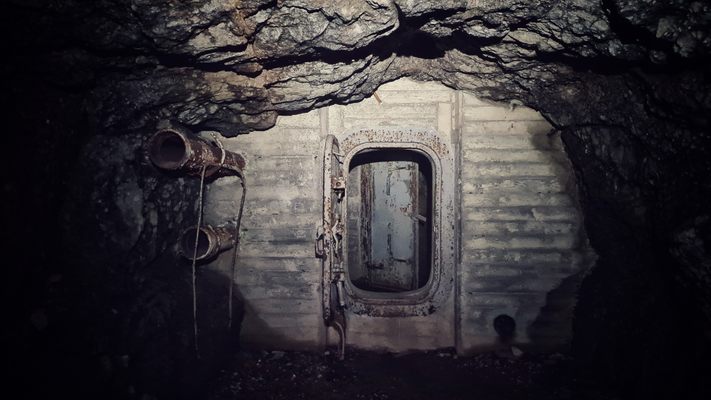About
In the early 1940s, between the Winter War and the Continuation War, tensions were high in Finland. The Soviets could invade, seemingly, at any moment. As a result, in 1940, Finland began the construction of Salpalinja (the "Salpa Line"), a system of more than 700 field fortifications made from concrete or excavated from rock along Finland's eastern border.
Stretching 1,200 kilometers (746 miles) from the Gulf of Finland in the south to modern-day Pechengsky, Russia, in the north, Salpalinja consisted of bunkers, trenches, fueling stations, weapons depots, and more. The line incorporated many lakes and marshes into its terrain, as these areas could be tough to navigate and easy to defend.
Finished in 1944, Salpalinja was a mammoth project set to defend Finland against a possible Soviet invasion—only that invasion never came.
Fast-forward to today, and Salpalinja sees more action from tour groups and urban explorers than it ever did in combat. Many of the features of the line still stand today, as they never endured any of the devastations of war. Along the line are multiple museums dedicated to its past and its bunkers, as well as tours that provide a great overview of its history.
However, many bunkers, dugouts, and obstacles are buried deep in the forests, away from guided tours and foot traffic. These areas offer great experiences for those interested in a different or additional perspective from the various museums. The Ventovuori area in Virolahti offers numerous bunkers and systems to explore but it is still just a very small part of Salpalinja.
Salpalinja was painstakingly built in the name of preparedness and defense, but today it remains only as a reminder of a history that never was, but could have been.
Related Tags
Know Before You Go
The address here is a good place to park, as the area is best traversed on foot. The winding dirt paths are often overgrown, but will lead to multiple bunkers, filling stations, caves, dugouts, and other derelict or collapsed structures.
The bunkers can be quite wet and cold, but, above all else, they are very dark. Be sure to bring strong flashlights or headlamps to explore safely.
Published
August 25, 2020








































